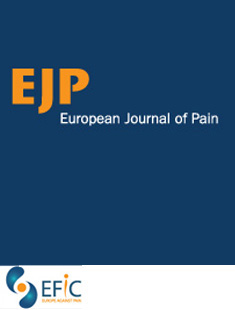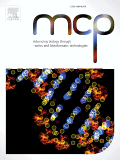
“Cannabidiol (CBD) is a non-psychotomimetic compound from Cannabis sativa that presents antipsychotic, anxiolytic, anti-inflammatory, and neuroprotective effects.
In Parkinson’s disease patients, CBD is able to attenuate the psychotic symptoms induced by L-DOPA and to improve quality of life.
Repeated administration of reserpine in rodents induces motor impairments that are accompanied by cognitive deficits, and has been applied to model both tardive dyskinesia and Parkinson’s disease.
The present study investigated whether CBD administration would attenuate reserpine-induced motor and cognitive impairments in rats.
Our data show that CBD is able to attenuate motor and cognitive impairments induced by reserpine, suggesting the use of this compound in the pharmacotherapy of Parkinson’s disease and tardive dyskinesia.”








